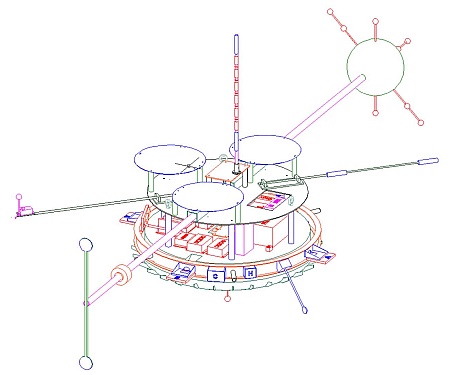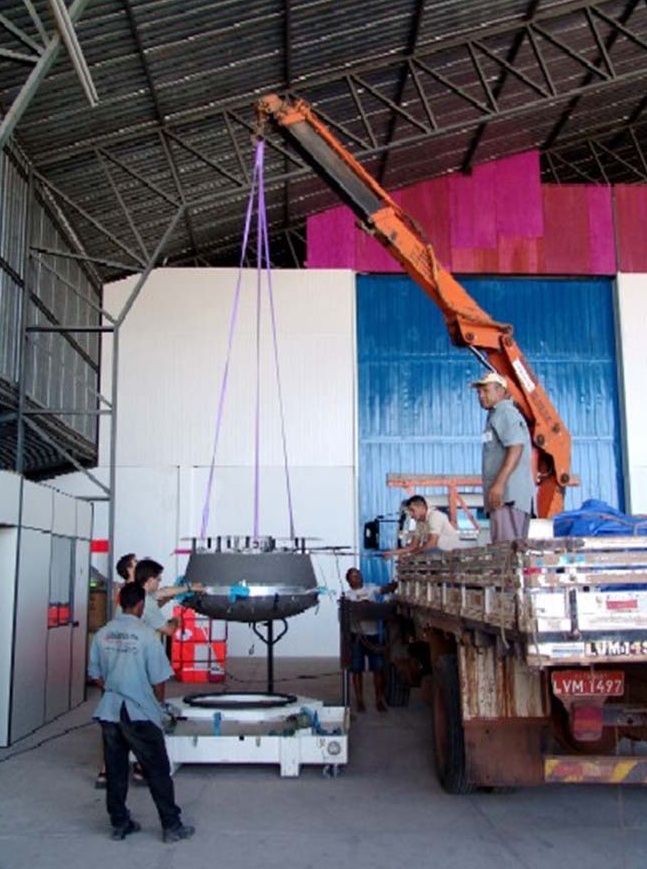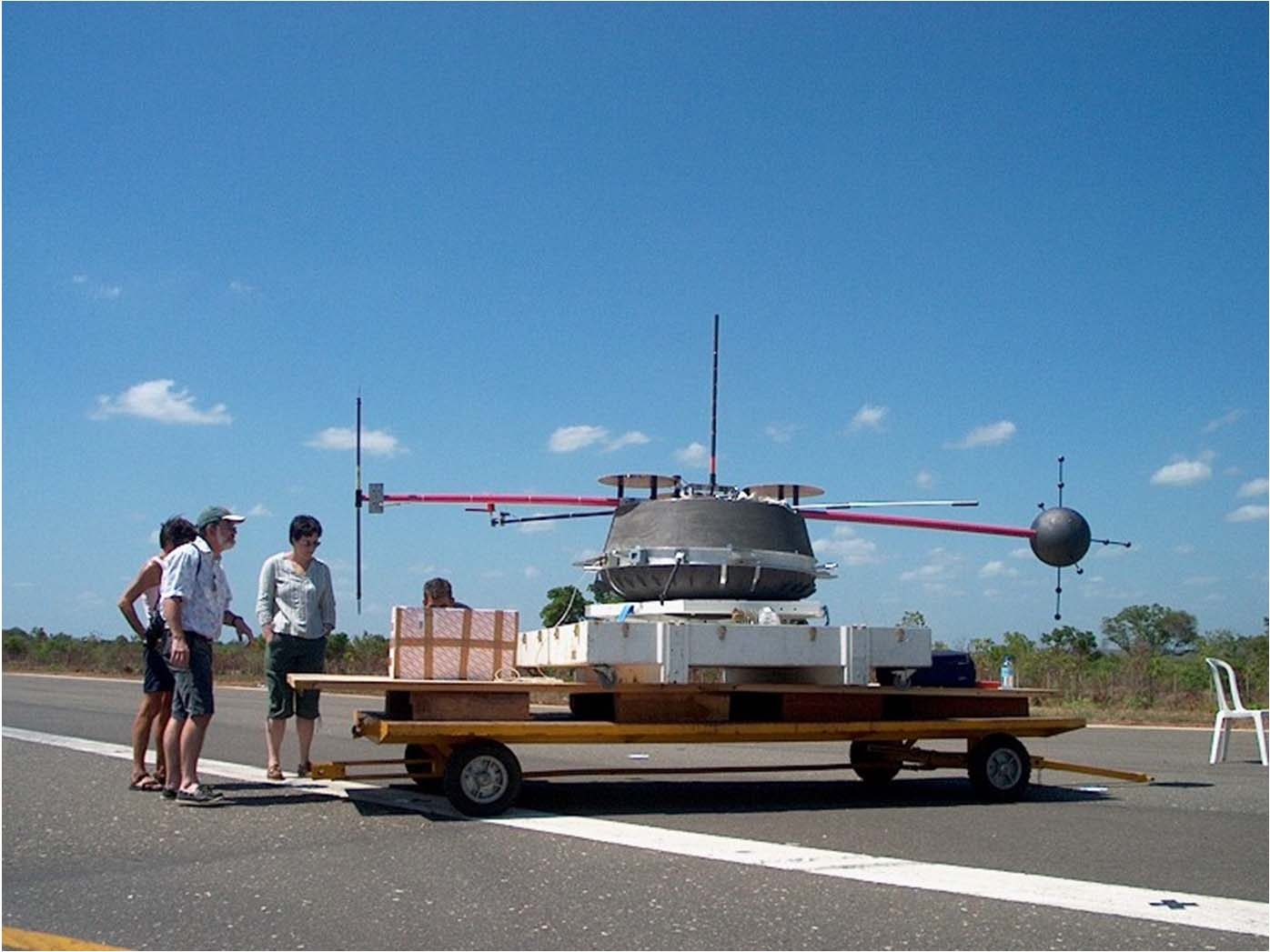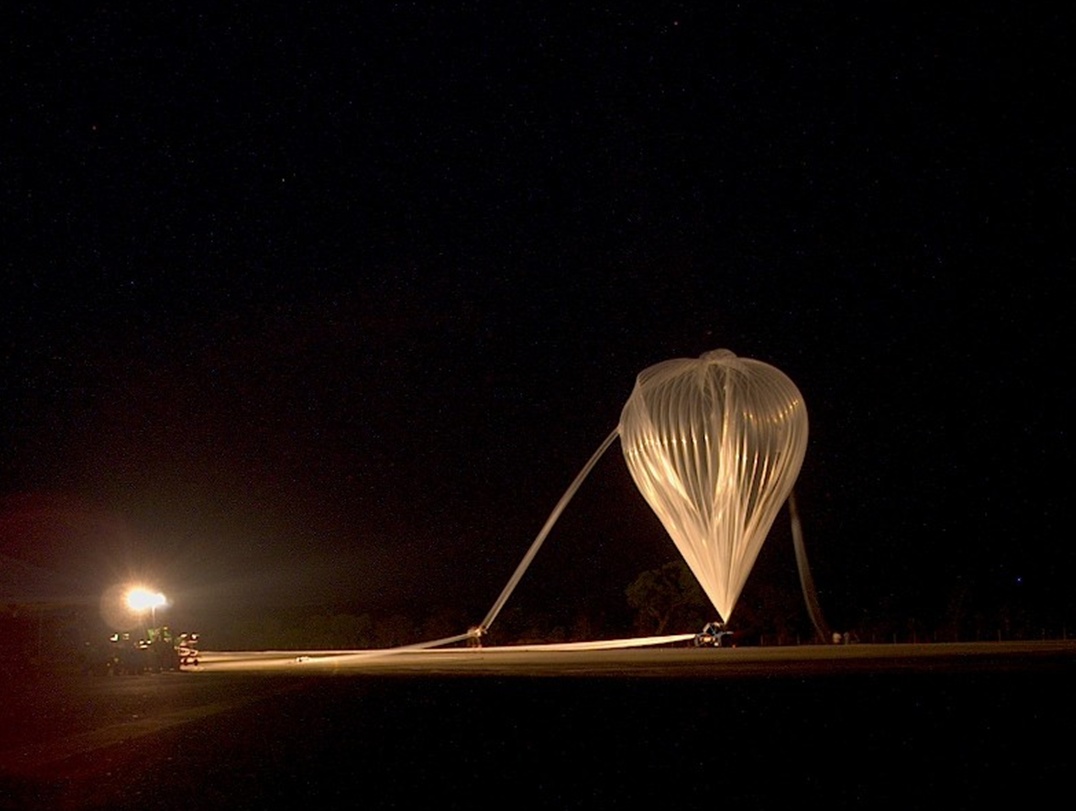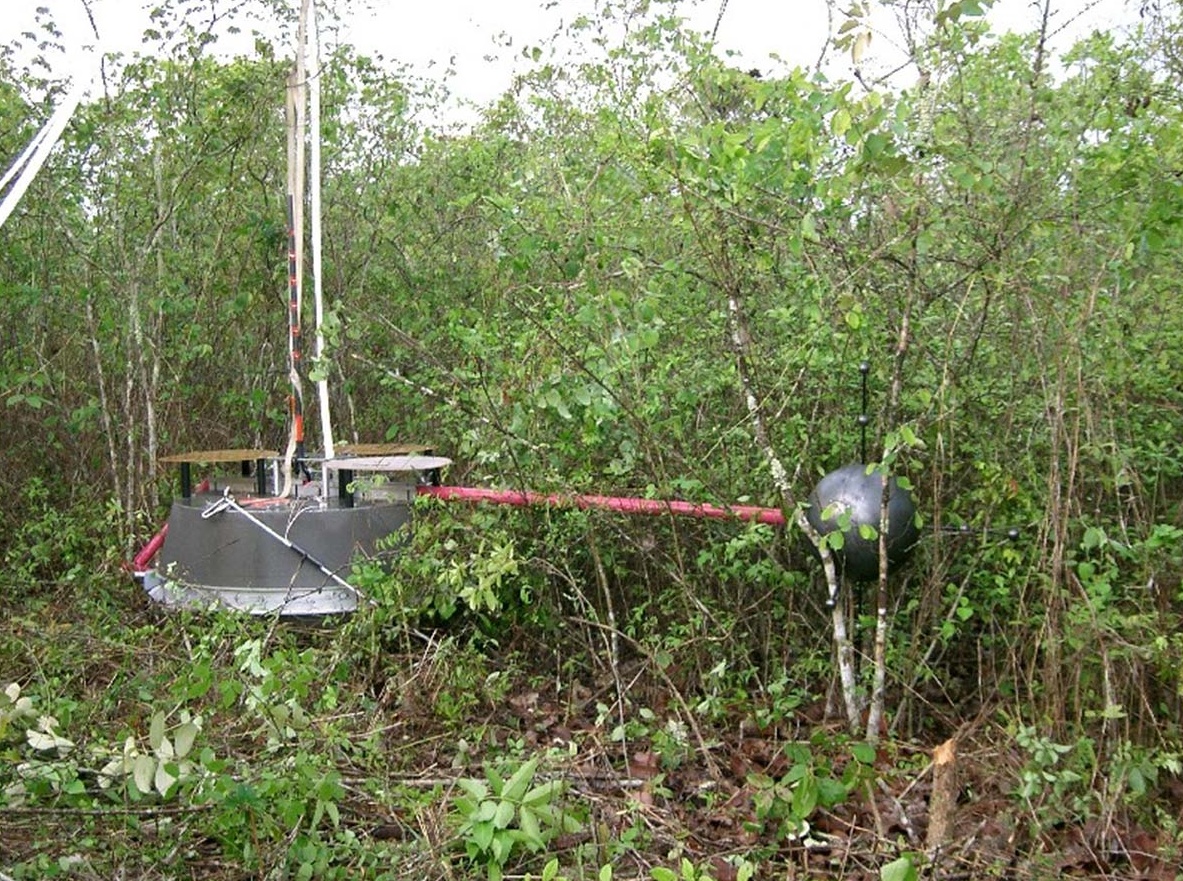Purpose of the flight and payload description
HASI which stands for Huygens Atmospheric Structure Instrument was a multisensor package designed to measure the physical quantities characterizing Titan's atmosphere onboard the HUYGENS lander. The probe was part of the NASA/ESA/ASI mission CASSINI devoted to study Saturn and his moons that was designed to enter and brake in Titan's atmosphere and parachute a fully instrumented robotic laboratory down to it's surface. The mission, launched in October of 1997, reached Saturn's orbit on July 2004. Orbital entry of Huygens occured on January 15, 2005. The probe studied the clouds, atmosphere, and surface of Titan in its descent.
Between 1995 and 2004, as part of the research program in preparation for the mission, different agencies participating of the program performed a series of balloon-borne missions using different mockups of the probe, and specially built gondolas for testing different sub-systems and sensors. Also several stratospheric drop tests were made to simulate orbital entry into Titan's atmosphere.
PEASMA mission which stands for Perturbations Electro-Aérodynamiques et Sonde MArtienne was the last balloon-borne mission in support of the Cassini/Huygens scientific effort. It used a mockup of the Huygens probe built by the Laboratoire de Physique et Chimie de l'Environnement (LPCE) in Orléans, France. The platform -which can be seen at left- was a structure 5 meters x 2.2 meters x 1.3 meters with a total mass of 158 kg. Main scientific objective of the mission was to study the electrical charging of a conductive body in vertical motion in the atmosphere and specially the problem of the charge collected by a large body moving in the electrically quiet atmosphere. For that purpose several electrodes around a conducting sphere and around the Huygens probe mockup were connected to high impedance voltimeters to study the potential environment of these objects.
A second objective was to test a prototype built by the Centre d'Etude des Environnements Terrestre et Planétaires (CETP) from France which was to be installed on the ARES experiment NetLanders to investigate the atmospheric conductivity and the electric fields on the surface of Mars. The balloon flight served to test the instrument at about the same pressure than on the surface of Mars and with measurable ionic conductivities and electric fields. Aditionally, a segmented Langmuir probe built by the Space Science Department of the European Space Research and Technology Centre (SSD-ESTEC) was also added to these instruments.
Finally, two radar altimeters -similar to the ones carried in the Huygens probe- used to determine the probe altitude during Titan's entry were also installed. Objective was to test the digital data acquisition (DAQ) system of both units, the backup DAQ system and camera; to verify correct concurrent operations of both radars, to check the performance at high altitude and to collect data for supporting Huygens radar data analysis.
Details of the balloon flight
Balloon launched on: 12/2/2004 at 7:54 utc
Launch site: Domingos Rego Aerodrome, Timón, Maranhao, Brazil
Balloon launched by: Centre National d'Etudes Spatiales (CNES)
Balloon manufacturer/size/composition: Zero Pressure Balloon model 100z Zodiac - 100.000 m3
End of flight (L for landing time, W for last contact, otherwise termination time): 12/2/2004 at 14:05 utc
Balloon flight duration (F: time at float only, otherwise total flight time in d:days / h:hours or m:minutes - ): 6 h 10 m
Landing site: 400 km W of launch site, Brazil
Payload weight: 158 kgs
External references
- Atmosphère de Titan, mission CASSINI/Huygens: une expérience testée avec succès ... au Brésil CETP website
2017If you consider this website interesting or useful, you can help me to keep it up and running with a small donation to cover the operational costs. Just the equivalent of the price of a cup of coffee helps a lot.

